Photo

After the Blast: Thoughts on the Bangkok Bombings, August 2015
What happens after 7PM, Bangkok time, August 17th 2015? For those in town: a surge of bodies moving as quickly as possible away from Rajaprasong, an undeniable fear exacerbated by the traffic that traps ambulances among rows and rows of cars. For the ones at home: a BBC breaking news article shared multiple times across the news feed, a flurry of social media updates, an almost frenetic pace of messaging and checking on loved ones and distant acquaintances alike. A convergence of movement around a headline: Bangkok bomb.
The news broke almost instantly: a bomb had gone off at the Erawan shrine in the center of town, and 12 people were dead, Ten Thais, one Chinese, and one Filipino. The area was a popular tourist site that was also awash with locals from the nearby shopping malls and central business district. We all followed the news with trepidation; at least once, our footsteps had travelled that very sidewalk as we walked on to Siam Paragon or made our way through Rajaprasong intersection. Another bomb would go off the next day, but even just one was enough. The death toll mounts. As of 18th August, it stands at 22 people, with more than 120 injured.
“I was just there”, says a friend. The phrase is repeated by many; we were all just there, at some point in our lives. The bomb struck not only the heart of the city, but the heart of its people.
Steven Herman, correspondent for Voice of America, told CNN that when the explosion first went off, he thought it was thunder. In a sense, this encapsulates the effect this tragedy has had on the Thai people despite the relatively contained bomb area, the sound was like thunder — reverberating across the nation and touching even the farthest parts of Bangkok. From 10900 to 10260, the sound ringing in people’s ears long after the blast. Under the cover of night, the thunder rolled over the nation like a dark cloud, and this morning Bangkok woke up shell-shocked, its ears still ringing with the sound.
What happens not just after 7PM, but once the streets have been cleared? There are no more burning motorcycles, and the bodies on the road have been cleared—that of the person thrown 60 feet up the road, and that of the person whose body was torn in two. But amidst the ringing of the bomb’s aftermath, there is a tension that envelops the nation, a fear in amongst its fragmented people that incites a surge of nationalism. “Pray for Bangkok”, people write. “Pray for Bangkok”, people caption below their profile pictures of the national flag, along with the words “stronger together”. “Pray for Bangkok”, a phrase photo shopped onto black and white pictures of the city center in its usual after-dark glow of movement and excitement.
Yet, on the morning of August 18th, the words don’t seem to be a plea for the city, which goes on as usual. Roads are closed but Chulalongkorn university, situated in the heart of town, remains open, as do other businesses around the cordoned off area. The city remains intact. Instead, it is a plea for the people, for every person in Bangkok, who could’ve been one of the 10, now 22. Pray for us, we write, for the people whose memories are lived amongst the reflected lights of Siam Paragon and Central World as we walk along the BTS skywalk, whose ghosts have squeezed past the never-ending flow of people in front of the Erawan shrine. “I was just there”, says a friend. The phrase is repeated by many; we were all just there, at some point in our lives. The bomb struck not only the heart of the city, but the heart of its people.
It’s still unclear who planted the bomb, and whether the perpetrator had a religious, personal or political motive. For a nation where conflict has always been framed in the political, the immediate sense is that the blast is a rekindling of the violence that happened on this very same site in 2014, when the People’s Democratic Reform Committee (PDRC) flooded the road with Thai flags to demand the ousting of Yingluck Shinawatra. Earlier, in 2010, the intersection was turned into “the red city” by the Thaksin-allied United Front for Democracy Against Dictatorship (UDD) to demand the ousting of Abhisit Vejjajiva. Already, news has circulated on unofficial news sites like Pantip attributing the bomb to one political group or another. The rumble of the bomb’s thunder reverberates against the fissures of a country whose political scars remain unhealed and whose peace has only been won by a military dictatorship. The thunder could very well cause the fissures to widen once again.
Yet, there is something about the blast’s aftermath that has, in a way, reminded Thais of a reason to remain united. It may just last the first few days, before paranoia and conspiracy theories really gain traction and the media once again inundates Thais with an overflow of, sometimes incorrect, information. But there is a sense of unity in this tension, an undercurrent of Thai nationalism to the fear. Because we were all there—not at 7PM, not this time, but maybe at 5PM, maybe two days ago, maybe a month ago. We were all there: the UDD, the PDRC, and not just in our roles as political animals, but also as ordinary citizens, crossing paths in the capacity of teenagers going to watch a movie at Paragon, office workers at Central World, and tourists at the Grand Hyatt Erawan. Under the safety of those never-ending intersection traffic lights, we jaywalked, we stepped on other people’s shoes, we sweated amongst people we didn’t know and tripped on uneven sidewalks. Even writing from Singapore, it feels like I was just there.
Times like this we are reminded that despite our differences, there is a lived similarity that we all take for granted. The Bangkok bomb may hurt the economy, and may eventually show itself to be another divisive political event for the nation. But in the numbed silence after the blast, the department storesnormally filled with people, remain empty. All we can hear is the ringing in our ears. And for a brief period, we will all pray for Bangkok, together.
From an article I wrote for the Harvard International Review
140 notes
·
View notes
Photo

Why the protests in Baltimore are an uprising, not a riot [PC: Heathwood Press]
"You are suggesting that broken windows are worse than broken spines".
When the number one google search is "Baltimore Riots", when people continue to question why the uprisings have gone violent, when people continue to point out Freddie Gray's arrest record before they're willing to discuss his death, that's when Deray McKesson's words become relevant.
When I first came to America, it was in the midst of protests over Michael Brown and Eric Garner, and I saw people come out to protest and saw my friends put on face masks with the words "I can't breathe". I felt removed from it all in the way most internationals do, with Thailand still reeling from a military coup, and I failed to acknowledge that the perspective I brought from a country with widespread political but not racial division may not have been applicable here. Growing up in an international school, it was the perspective of the "global citizen" in which the Third Culture kid predominates, the perspective of the stateless, raceless globalized world where racism manifests itself in incidents rather than in systems. I thought that it violated tenets of equality to advantage some ethnic groups and discriminate against others, and that any discrimination was racism. I was wrong.
I stand in solidarity with the baltimore uprisings - yes, uprisings, not riots - and why I stand in solidary with Freddie Gray. Because racism is real, and racism is not simply discrimination: racism is the systematic and historical disadvantages that blacks in America have had to face that have excluded them from fair equality of opportunity. I've heard people tell me that Freddie Gray was a drug dealer, that Michael Brown was a thief, that Eric Garner was selling cigarettes. The obvious fact about racism in America remains that that doesn't justify their deaths in any way. The less obvious fact that people don't bring out enough about racism in America is why they were in those situations in the first place. This is the racism in America: not just police brutality, but exclusion from equality of fair opportunity through what Hellman called a "history of social discrimination".
It is this history of social discrimination that has in large part determined the life prospect of Freddie Gray. It is the biased laws built into a system conceived entirely by white male forefathers that left Eric Garner vulnerable to police brutality. It is the very deeply ingrained, even at times unconscious, social attitude of racism - you only have to look at Latanya Sweeney's study on discrmination in online ad delivery for evidence - that makes Michael Brown a victim of American society, regardless of what he may have done. That is not to say that individuals from socio-economic disadvantaged can be absolved of all blame - but it is to say that society must step up and accept responsibility for some of it.
There is a reason why I don't think the violence in baltimore is unjustified. Systematic change takes time, but when people's lives are at stake - not simply through police brutality, but through the unnoticed exclusion of blacks from opportunities that allow them to avoid being engaged in suspect activity at all - there is no time. The civil rights movement didn't happen organically, nor will any movement against incumbents in power. White men wrote the laws, and if it takes a few broken windows for black men to change them, then it is our duty to stand beside them.
59 notes
·
View notes
Photo
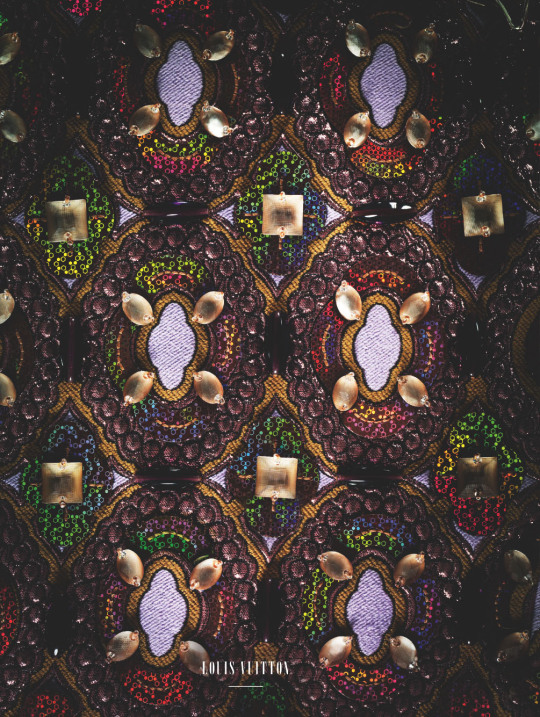
louis vuitton f/w 2012, a fabrication by toby macfarland pond for LOVE #8
264 notes
·
View notes
Photo
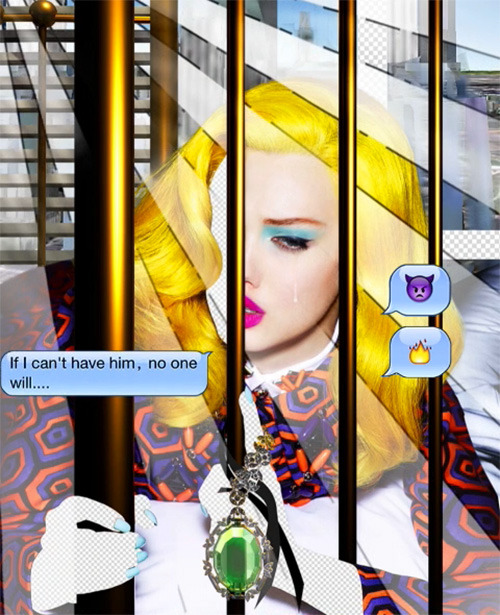
prada f/w 2012, lindsey wixson in text talk by nick knight for garage #3
600 notes
·
View notes
Photo

Graduation has gone by in such a blur, and this isn't the best picture to show off the dress of my dreams but it's the best picture I've got now before I leave for Samui for my Grad Trip. I'm so excited to show you guys more details of the beautiful lace appliqués on the other side, but until then...!
76 notes
·
View notes
Text
slicked back hair wrapped ponytail winged eyeliner nude lips black lace dress with leather appliqués is it graduation or thierry mugler fw 2014 idk I'm just here 2 kill
68 notes
·
View notes
Note
It makes me so happy to read your posts. It's refreshing to see someone care about something and write about it so well, and just be generally very well informed. Lots of people I know are quite boring to me and it's really nice to see someone so interesting. Sorry for my rambling, but I'm just really happy I follow you ☺️ Good luck with your graduation! I hope you post your dress because I'm really curious to see it! Have a great day ☺️
wow, you have no idea how wonderful this makes me feel, especially on a day on which I feel so nervous! you are such a wonderful person to take the time out to give me a much needed confidence boost, and I am eternally grateful for followers like you!
16 notes
·
View notes
Text
I couldn't sleep last night with excitement because IM GRADUATING TODAY AND MY DRESS IS REALLY COOL YOU GUYS
42 notes
·
View notes
Photo
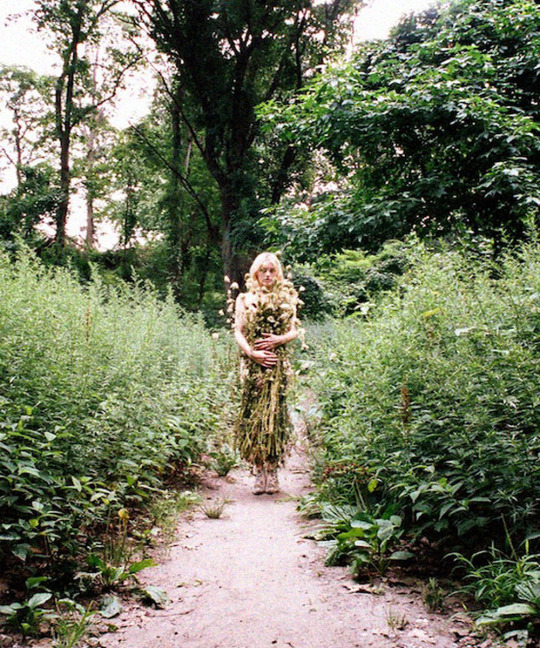
ashley smith in where you stumble, there lies your treasure by cara stricker for oyster australia #100 august 2012
893 notes
·
View notes
Photo
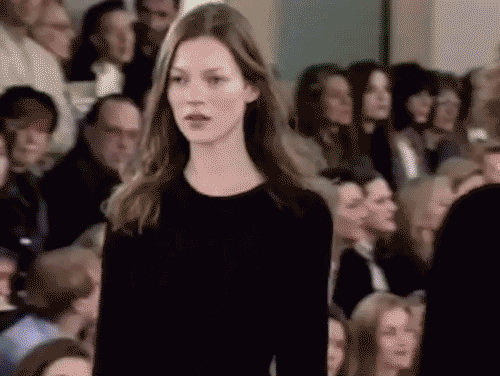
calvin klein s/s 1994, kate moss on the runway
1K notes
·
View notes
Note
hey hey! where is that colorful skirt from?
It's from a Thai designer called Kai!
2 notes
·
View notes
Photo

Stella Tennant in Ball Gowns by Mark Borthwick for Vogue Italia September 1995
521 notes
·
View notes
Quote
Everybody’s doing it so why the hell should I
Gin Wigimore, Black Sheep
233 notes
·
View notes
Photo
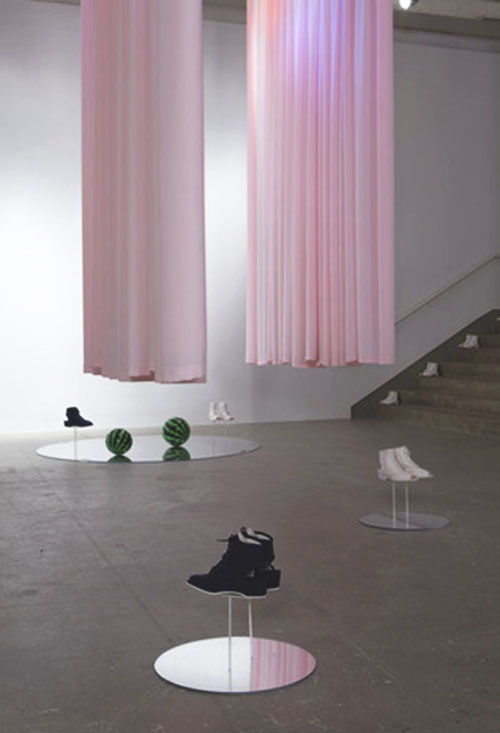
Irena Knezevic, Nine Hour Delay, 2012
On view at the University of Pennsylvania Institute of Contemporary Art through July 28, “White Petals Surround Your Yellow Heart” presents a fascinating view into the concepts of adornment, self-presentation, and branding. Drawing inspiration from novelist J.G. Ballard—who defined fashion as “a recognition that nature has endowed us with one skin too few, and that a fully sentient being should wear its nervous system externally”—a group of artists utilized a variety of mediums, from costumes and jewelry to sculptures and paintings, to explore how our sartorial choices reflect our personalities.
127 notes
·
View notes
Photo

Skin Tight: The Sensibility of the Flesh, an art exhibition at the Chicago Museum of Contemporary Art featuring A.F. Vandevorst, Hussein Chalayan, Maison Martin Margiela, Bernhard Willhelm, Raf Simons, Viktor & Rolf and Walter van Beirendonck.
#maison martin margiela#hussein chalayan#raf simons#viktor and rolf#walter van beirendonck#a.f. vandevorst#bernhard willhelm
413 notes
·
View notes
Photo
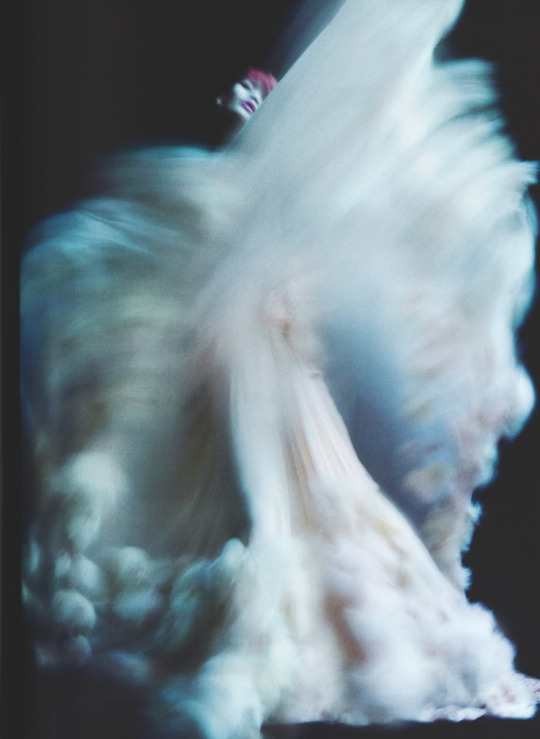
Chanel Haute Couture S/S 2011, Ming Xi by Nick Knight for V Magazine Spring 2011
1K notes
·
View notes
Photo
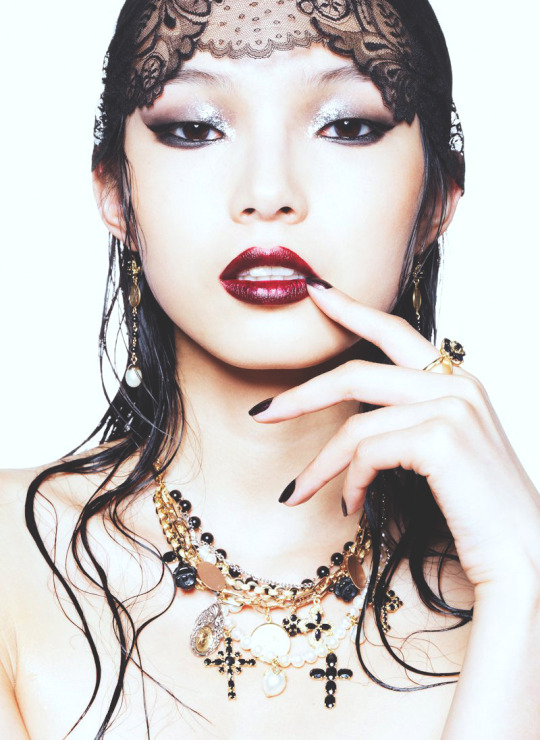
Xiao Wen Ju for Vogue China February 2012
2K notes
·
View notes